As a game master and designer who has run 400+ sessions and written a few homebrew modules, here’s the fast answer. If you want a fun, low-cost way to tell stories with friends, roll shiny dice, and fight a dragon or a debt collector (same energy), try a TTRPG. It’s a tabletop role-playing game. You make a character, grab a character sheet, and play. I run one-shots, long campaigns, and weird narrative experiments. So, yeah, I’ve seen stuff. In my experience, simple rules, a kind dungeon master, and clear goals beat fancy maps every time.
How to Begin Your First TTRPG Session
Pick a simple ruleset. Make a small goal. Run a short session. That’s it. Don’t buy a mountain of books. Don’t watch 50 hours of streaming. Start with a quick starter adventure and learn while you play. I promise: the table will teach you faster than any video.
What Is a TTRPG, Really?
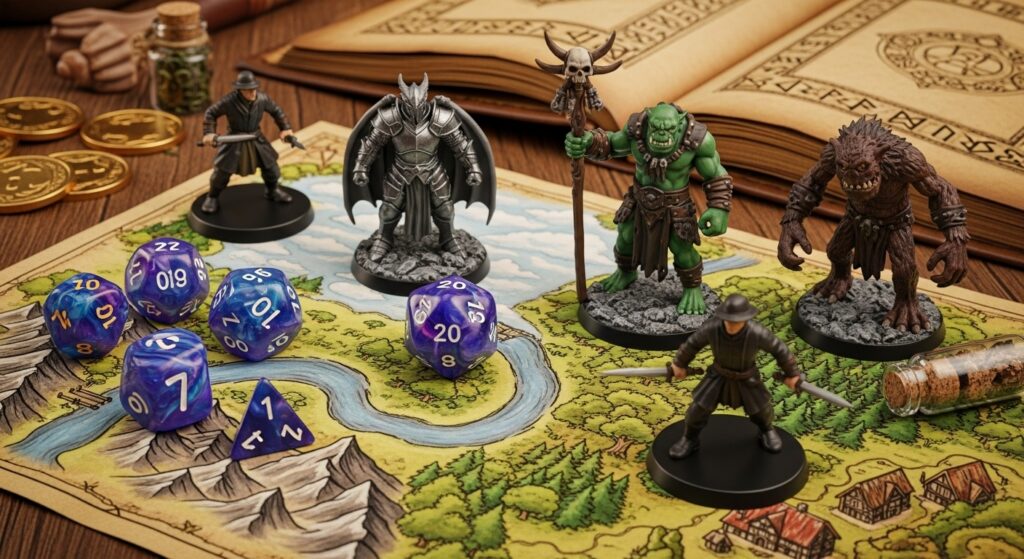
If you want the basic idea in two minutes, check the overview of a tabletop role-playing game. It’s the clean, no-jargon version. Nice for convincing a skeptical friend or a teacher who thinks dice are witchcraft.
My Fast-Start Checklist (Session Zero, But Not Boring)
- Pick a vibe: heroic fantasy, gritty heists, cozy mystery, space drama.
- Agree on tone: slapstick? serious? PG-13? No surprise horror, please.
- Set table rules: no phones during combat, take turns, be kind.
- Safety tools: X-card or a simple “pause” word. It’s not corny. It’s respect.
- Character hooks: one secret, one goal, one bond. That’s enough to start.
- Keep sessions to 2–3 hours, Short: Leaves people wanting more.
Handling Class Choice Anxiety
Class choice anxiety? Been there. If you’re eyeballing woodsy skirmishers, here’s a helpful look at ranger subclasses in 5e. I’ve run tables with Gloom Stalkers who single-handedly bullied the dark. I’ve also watched a Beast Master forget the beast at home. It happens.
Side Quests: The Glue That Keeps Campaigns Alive
I’ve always found that the main plot is just the spine. The heart lives in small, strange jobs. Help the blacksmith. Hunt the rat king. Steal bread for a kid named Pip. Side content gives shy players a safe space to shine. If you want ideas with actual meat, peek at these epic side quests. Use one as-is. Or twist it until it squeaks.
Running Games Without Burning Out
I used to prep 20 pages per session. Big mistake. Players ruined it in 11 minutes. Now I prep like this: three locations, three NPCs, three clues, one twist. Done. If you need a structured way to guide players without railroading them, this look at RPG walkthroughs is surprisingly practical. Think “toolbox,” not “script.”
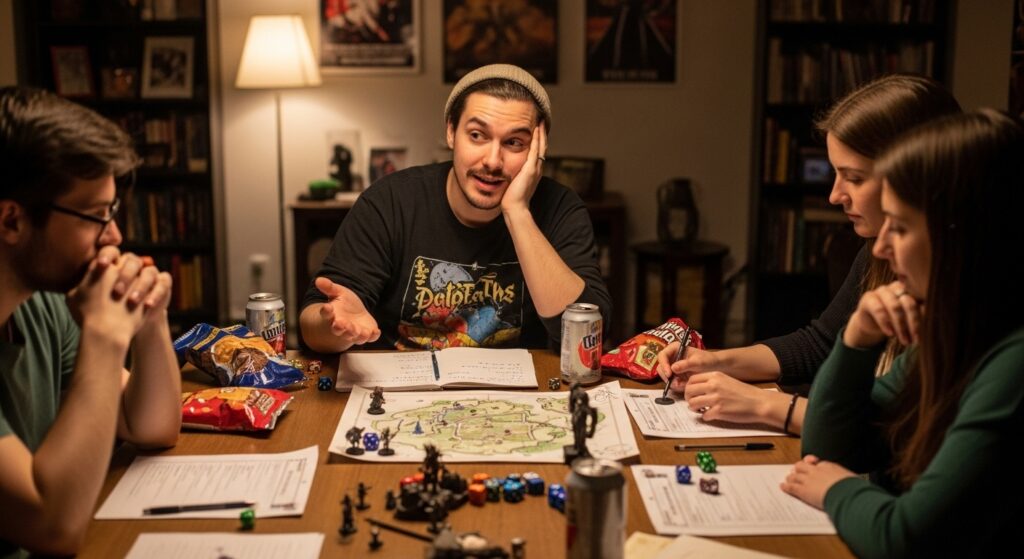
Weird Species, Big Vibes
Players love new toys. Me too. Space elves? Sure. I ran a Spelljammer mini-arc where an Astral Elf traded memories for starlight and forgot their birthday mid-session. Peak drama. If that’s your jam, this Astral Elf guide nails builds and roleplay tips without drowning you in math.
Can Video Games Compete?
Sometimes. I love a good CRPG. But they can’t match a chaotic table with friends who decide to bribe the dragon with soup. If you want to compare character builds, consequences, and side quests, here’s a neat CRPG playbook. Use it for ideas, then steal shamelessly for your campaign.
The Origins — Why D&D Still Defines the Genre
If you’re curious where a lot of our hobby culture came from, skim the page on Dungeons & Dragons. Love it or roast it, that game set the baseline for classes, levels, and that one friend who rolls all 20s until the boss fight.
Which System Should You Pick?
Short answer: the one your group will actually play. Here’s a quick cheat table I use when helping new groups choose. Keep it simple. Try stuff.
| System | Who It’s For | Prep Time | Crunch Level | Vibe |
|---|---|---|---|---|
| D&D 5e | Beginners, heroic fantasy fans | Low–Medium | Medium | Cinematic, classic quests |
| Pathfinder 2e | Build tinkerers, tactics lovers | Medium–High | High | Crunchy, very tactical |
| Blades in the Dark | Story-first heists, fast play | Low | Low–Medium | Gritty, flashback-driven |
| Fate Core | Groups who love improv | Low | Low | Flexible, genre-agnostic |
How I Frame Scenes (So Combat Doesn’t Eat the Night)
- Start in the action: You’re on the roof. Guards below. Go.
- Use clocks or countdowns: Make time matter.
- Ask players to add detail: What rumor did you hear?
- Cut to the next beat when energy dips: Don’t stall.
- End on a question: Cliffhangers keep folks excited.
Character Creation That Doesn’t Take Three Hours
- Pick a strong concept in one line: “Grumpy healer who hates nobles.”
- Choose one strength and one flaw. Keep it human. Or goblin.
- Give a goal for the next session, not the whole story.
- Write down one bond with another PC. Instant teamwork.
Mini-Blogs Inside the Blog (Because You Asked for Quick Hits)
Which Rules Should We Ignore at First?
Ignore encumbrance, complex crafting, and obscure conditions. Track hit points, advantage/disadvantage, and anything that helps the story move.
What Do I Prep for a Two-Hour Session?
One combat or challenge, one social scene, one discovery. Three locations max. A secret that changes everything if found.
What Keeps Players Engaged Between Sessions?
Short recaps, small loot, and personal quests. Toss a rumor that targets one character’s backstory. Watch them bite.
How Do I Handle That One Rules Lawyer?
Pick a ruling fast. Keep the game going. Look it up after. Next session, clarify. Be firm, be fair. No grudges.
I Have Shy Players. Any Tips?
Spotlight in small doses. Ask direct, easy questions. Reward choices with cool outcomes, not just numbers. Praise turns into courage.
The Social Contract Part
Every good table has trust. Not just safety tools. Trust that if you speak, people listen. Trust that the GM is not trying to “win.” Trust that you can fail and still have fun. I remind my group before every campaign: we’re here to make each other look cool. That’s the whole gig.
Stuff I Stopped Doing: And My Games Got Better
- Stopped planning ending scenes. I plan problems, not outcomes.
- Stopped hiding all rolls. Players like to see fate misbehave.
- Stopped monologuing villains. Give them a motive and a deadline.
- Stopped saying “no.” I say “yes, but…” or “yes, and…”
Why I Still Love This Hobby After 10+ Years
People ask me to define the hobby like it’s one thing. It isn’t. It’s a toolbox. It’s friends and snacks and a scribbled map. It’s dice clattering and someone yelling “Wait, I have a spell for that!” That chaos is why I still love this after ten years. And why I still say ttrpg beats most streaming nights.
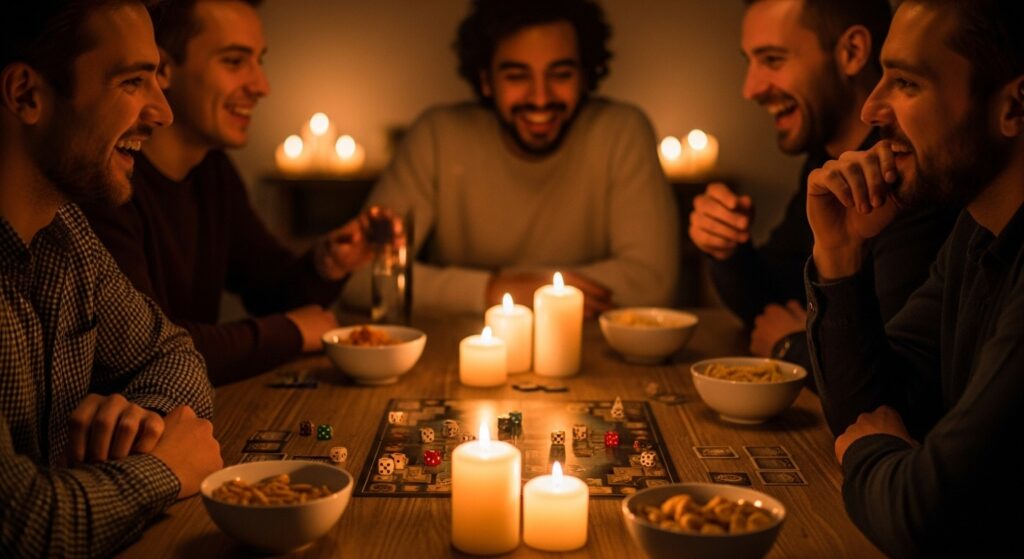
By the way, if you like digging into broader history and system comparisons, you might enjoy reading later on, but start small at the table first. The books will still be there when you get home from game night.
FAQs
What’s the Cheapest Way to Start?
Use a free quickstart PDF, borrow dice, and play at a kitchen table. Print a character sheet. That’s enough.
Do I Need a Big Story Before Session One?
No. Start with a job, a map, and a rumor. Let player choices build the story.
How Many Players Is Best?
Three to five. Two is cozy. Six is chaos. More than that and I start charging hazard pay.
Is Homebrew Better Than Published Adventures?
Different tools. Published saves prep time. Homebrew fits your group’s weirdness. Mix both.
What Does a TTRPG Session Feel Like?
Like a movie you all direct together, with jokes, surprises, and the occasional natural 1 that wrecks your big plan. It’s messy and great.

Thomas Hill: Your guide to epic adventures. I cover RPG Reviews, Walkthroughs, Game Lore, and Open World Rankings. Ready for your next quest?
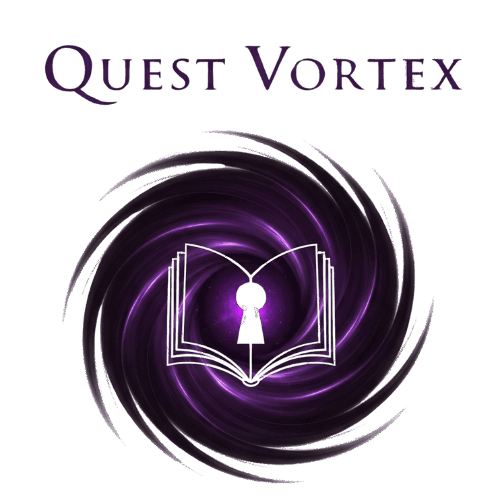
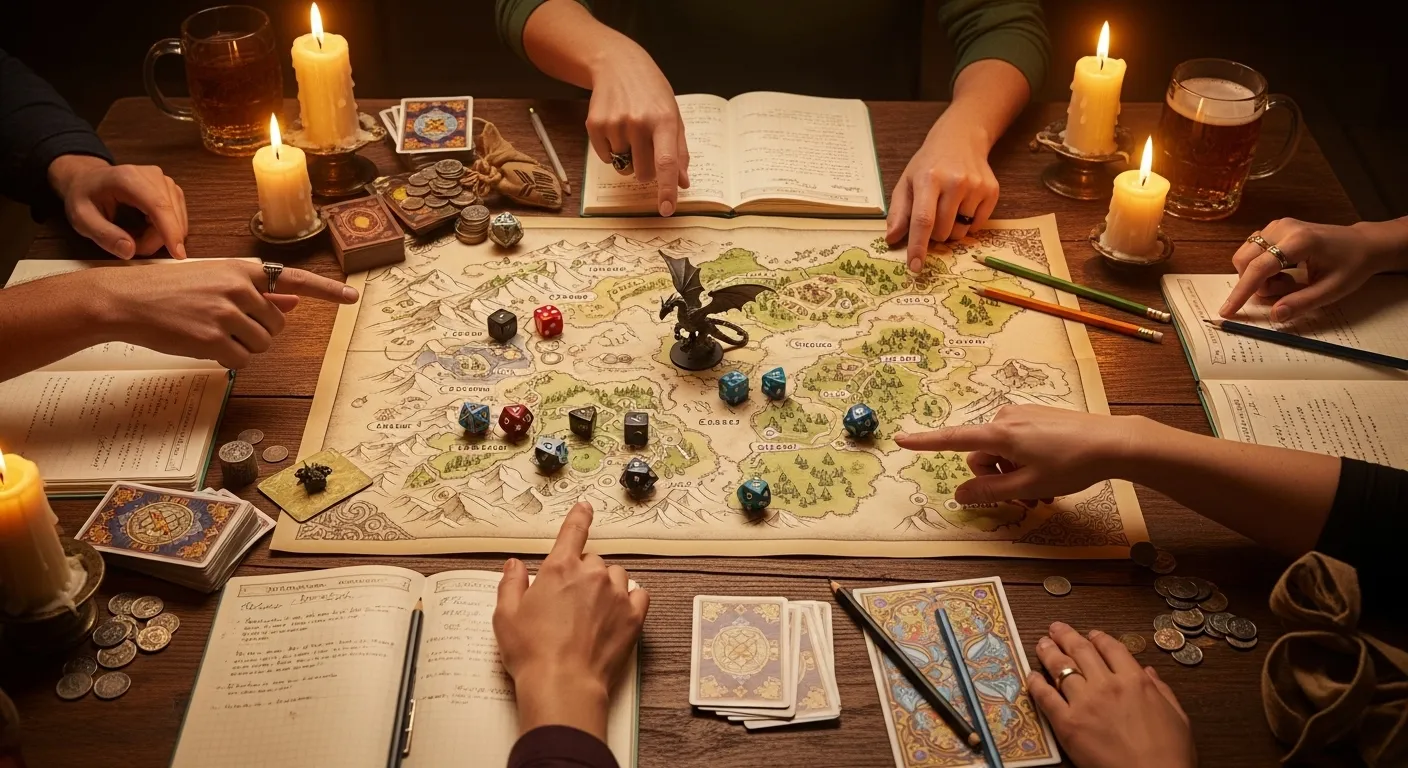
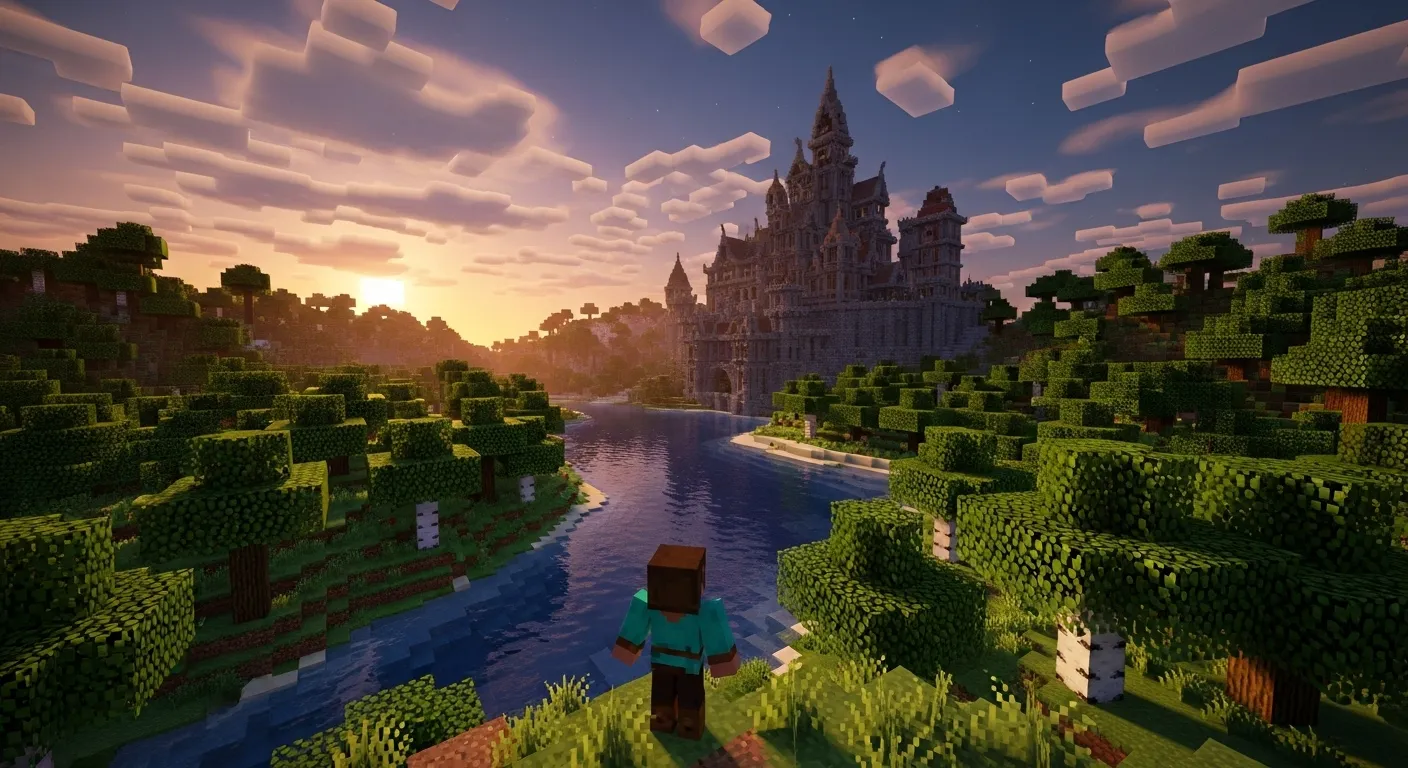
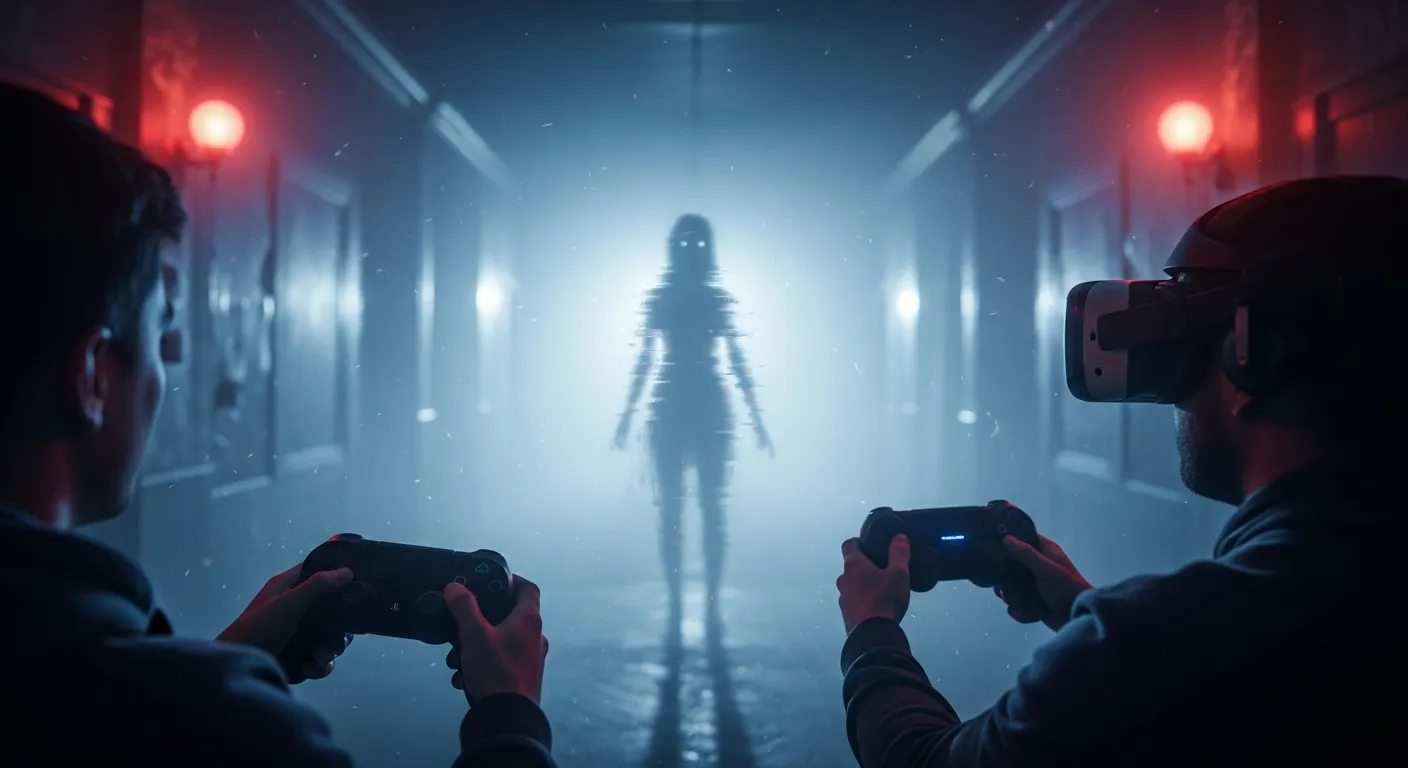
How do you keep players engaged between sessions?